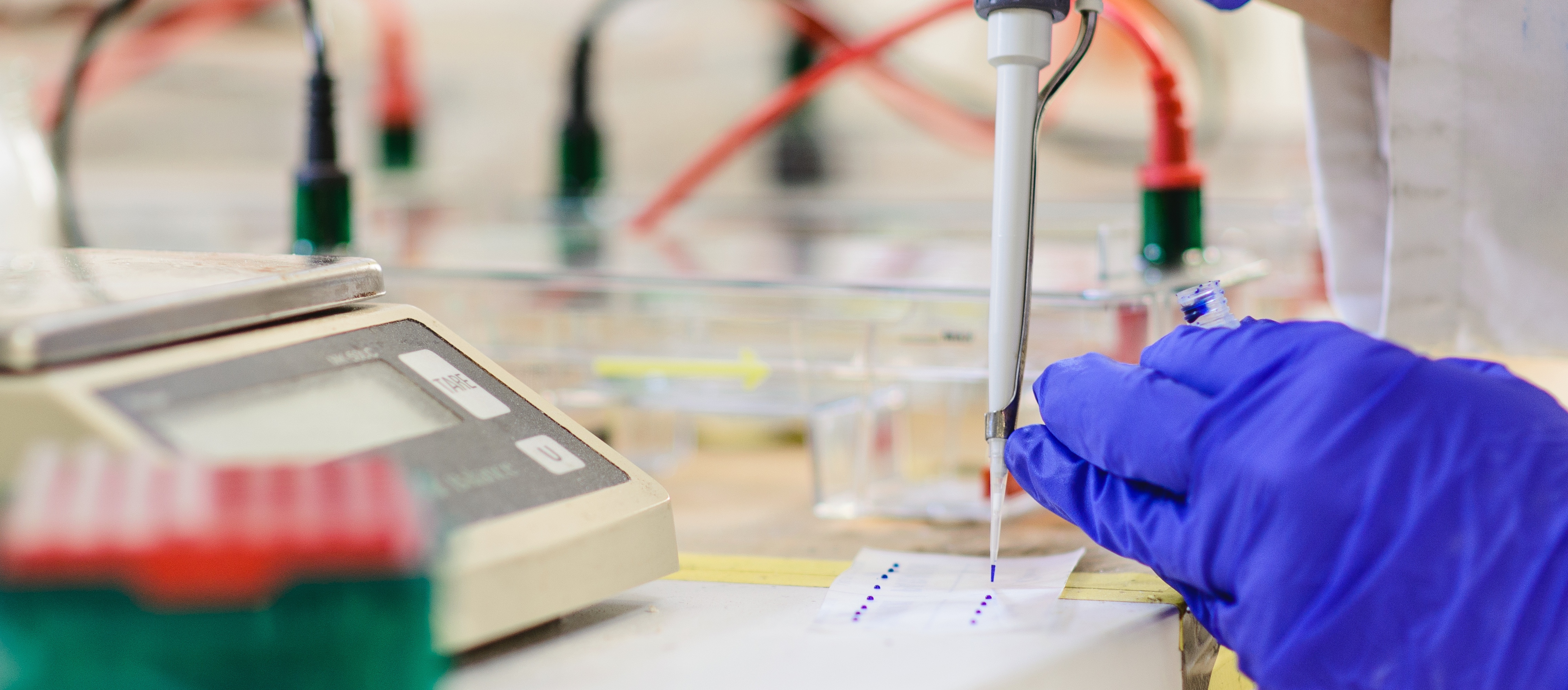In order to identify common and specific enzymatic activities associated with
the metabolism of the three cellular domains of life, the conservation and
variations between the enzyme contents of Bacteria, Archaea, and Eukarya
organisms were evaluated. To this end, the content of enzymes belonging to a
particular pathway and their abundance and distribution in 1507 organisms that
have been annotated and deposited in the KEGG database were assessed. In
addition, we evaluated the consecutive enzymatic reaction pairs obtained from
metabolic pathway reactions and transformed into sequences of enzymatic
reactions, with catalytic activities encoded in the Enzyme Commission numbers,
which are linked by a substrate. Both analyses are complementary: the first
considers individual reactions associated with each organism and metabolic map,
and the second evaluates the functional associations between pairs of
consecutive reactions. From these comparisons, we found a set of five enzymatic
reactions that were widely distributed in all the organisms and considered here
as universal to Bacteria, Archaea, and Eukarya; whereas 132 pairs out of 3151
reactions were identified as significant, only 5 of them were found to be widely
distributed in all the taxonomic divisions. However, these universal reactions
are not widely distributed along the metabolic maps, suggesting their
dispensability to all metabolic processes. Finally, we found that universal
reactions are also associated with ancestral domains, such as those related to
phosphorus-containing groups with a phosphate group as acceptor or those related
to the ribulose-phosphate binding barrel, triosephosphate isomerase, and
D-ribose-5-phosphate isomerase (RpiA) lid domain, among others. Therefore, we
consider that this analysis provides clues about the functional constraints
associated with the repertoire of enzymatic functions per organism.








